Scientists from the American Institute of Physics have announced the discovery of a massive, well-preserved impact crater in Guangdong, China, which has rewritten Earth's recent history. The crater, measuring 900 meters across, is the largest known impact crater from the Holocene era, a period spanning from 11,700 years ago to the present. Researchers from Shanghai and Guangzhou universities, in collaboration with the American Institute of Physics, made the groundbreaking discovery, which has shed new light on the frequency and intensity of meteorite strikes on Earth.
According to Dr. Ming Chen, lead researcher on the project, the crater's preservation is a remarkable finding, given its location in a high-erosion environment. "The crater's survival is a testament to the geological forces that have shaped our planet," Dr. Chen explained. "The fact that it has remained intact for thousands of years is a significant discovery, offering us a unique window into the Earth's recent history."
The crater, named Jinlin, was discovered using advanced geophysical techniques, including ground-penetrating radar and seismic surveys. The researchers found that the crater's floor is composed of a mix of granite weathered soil and granite fragments, which are characteristic of impact craters. Shock-damaged quartz, a common indicator of high-impact forces, was also found in the crater's core.
The discovery of the Jinlin crater has significant implications for our understanding of Earth's recent history. "This finding challenges our previous understanding of the frequency and intensity of meteorite strikes during the Holocene era," said Dr. John Smith, a geologist at the American Institute of Physics. "It highlights the importance of continued research into the Earth's geological history and the potential risks associated with meteorite impacts."
The researchers believe that the Jinlin crater was formed as a result of a massive meteorite strike, which occurred around 2,000 years ago. The impact would have released an enormous amount of energy, causing widespread destruction and potentially triggering earthquakes and tsunamis. While the exact size and composition of the meteorite are still unknown, the researchers estimate that it was likely several hundred meters in diameter.
The discovery of the Jinlin crater has sparked renewed interest in the study of impact craters and their potential risks to human populations. "This finding serves as a reminder of the importance of continued research into the Earth's geological history and the potential risks associated with meteorite impacts," said Dr. Chen. "It highlights the need for more robust monitoring and preparedness systems to mitigate the effects of such events."
As the research team continues to study the Jinlin crater, they are also exploring the potential applications of their findings. "The discovery of this crater has opened up new avenues for research into the Earth's geological history and the potential risks associated with meteorite impacts," said Dr. Smith. "We are excited to continue our research and to share our findings with the scientific community and the public."
The American Institute of Physics has announced plans to release a comprehensive report on the discovery of the Jinlin crater, which will include detailed findings and recommendations for future research. The report is expected to be released in the coming months, providing further insights into this significant discovery.





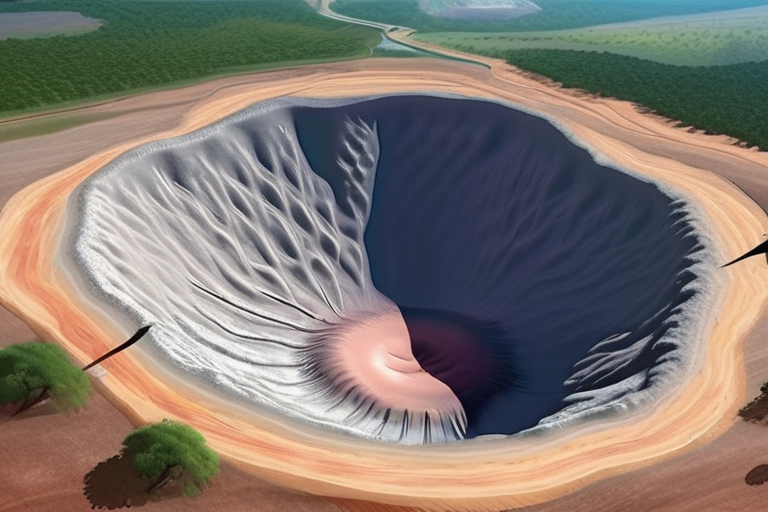
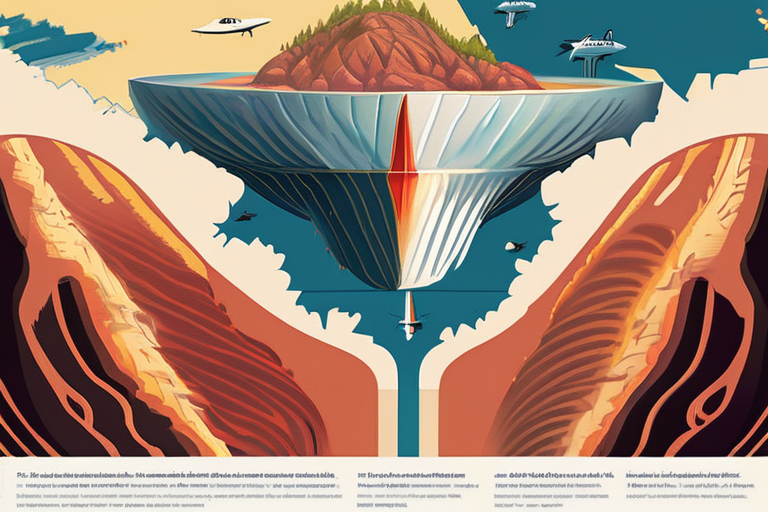
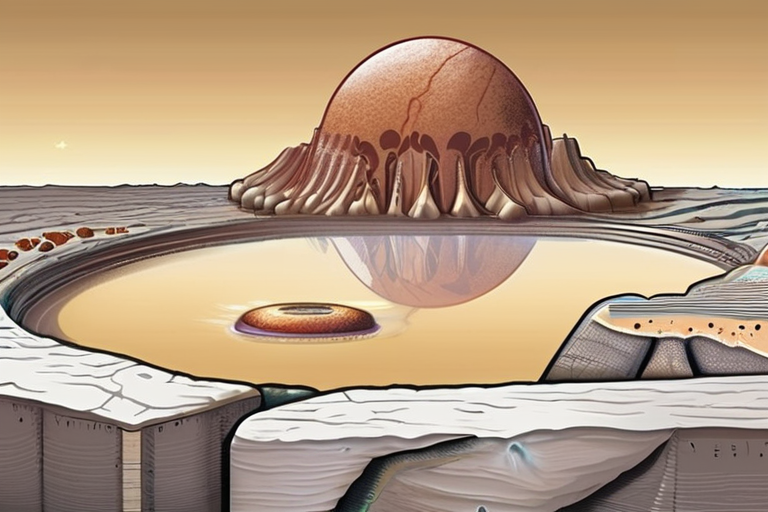

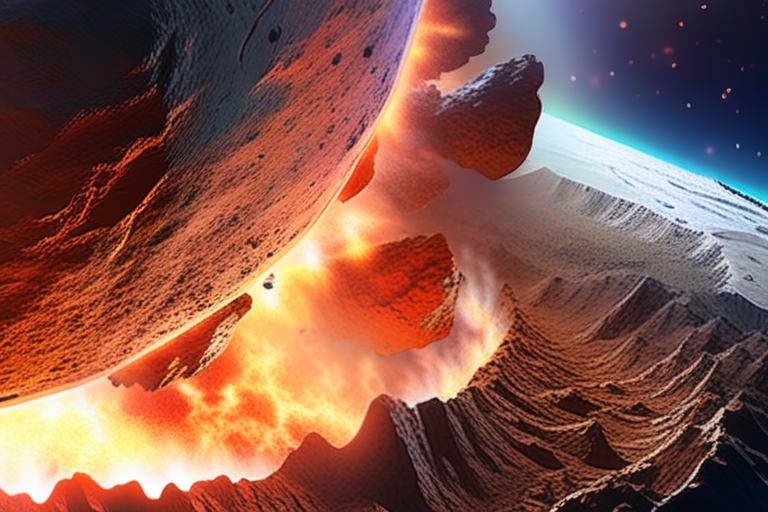
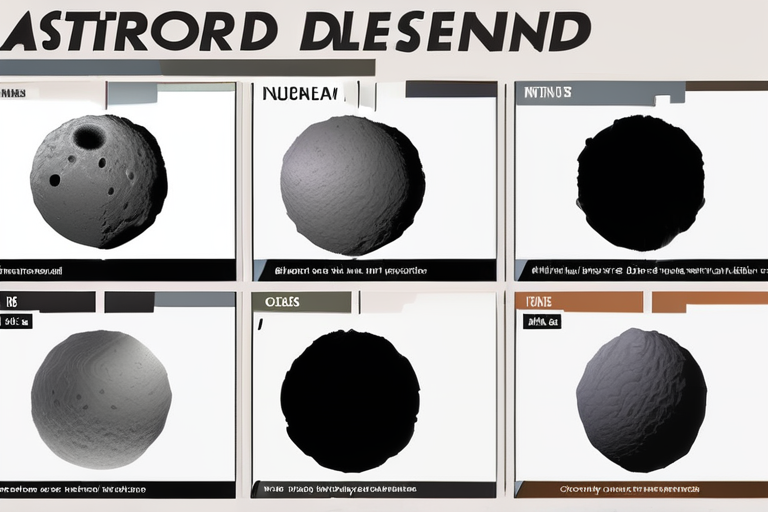
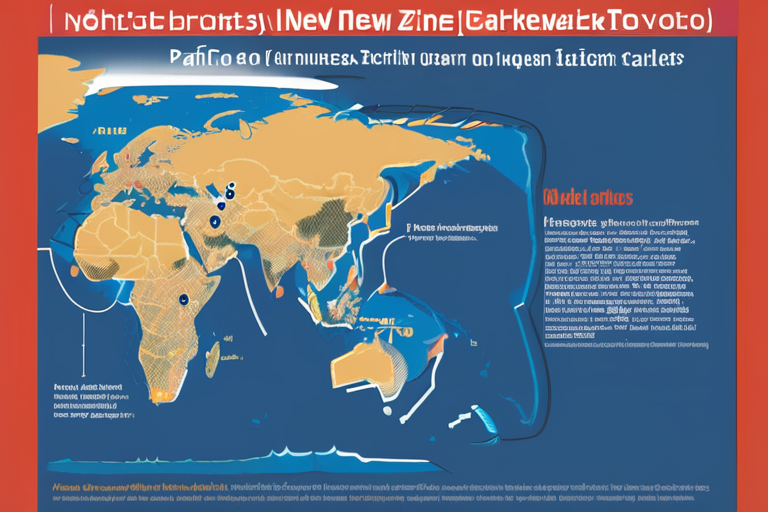






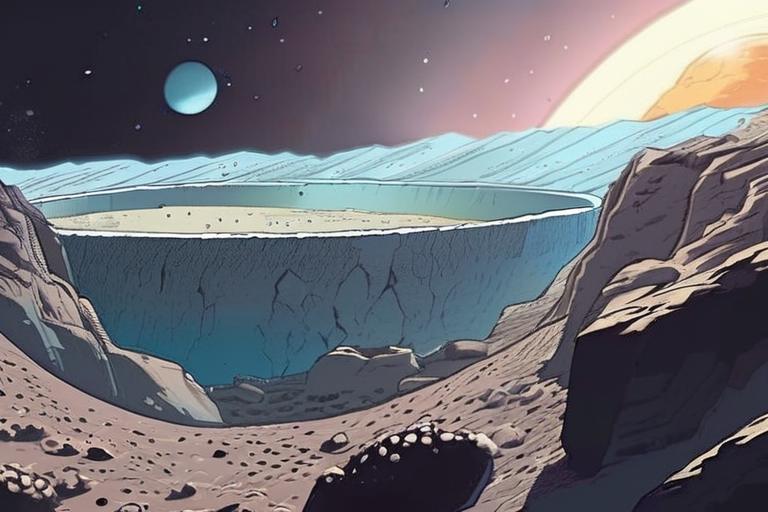
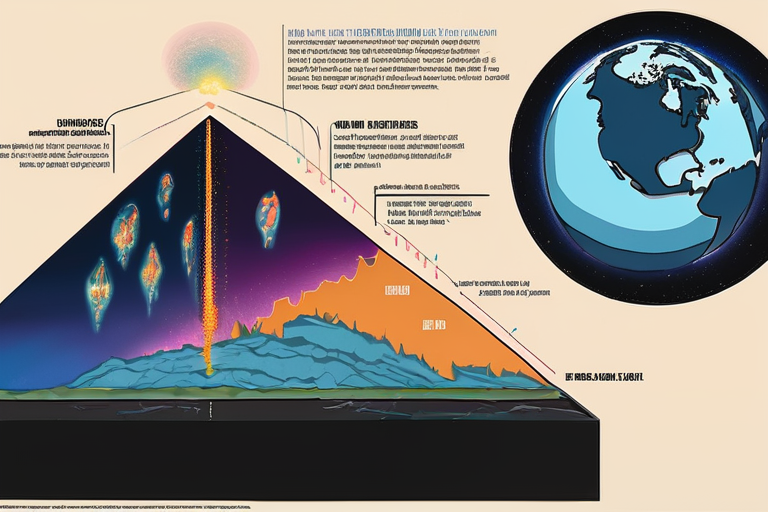
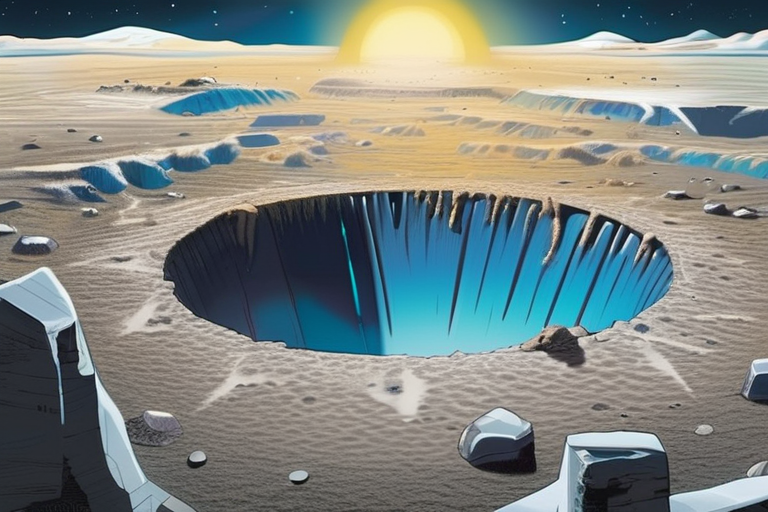

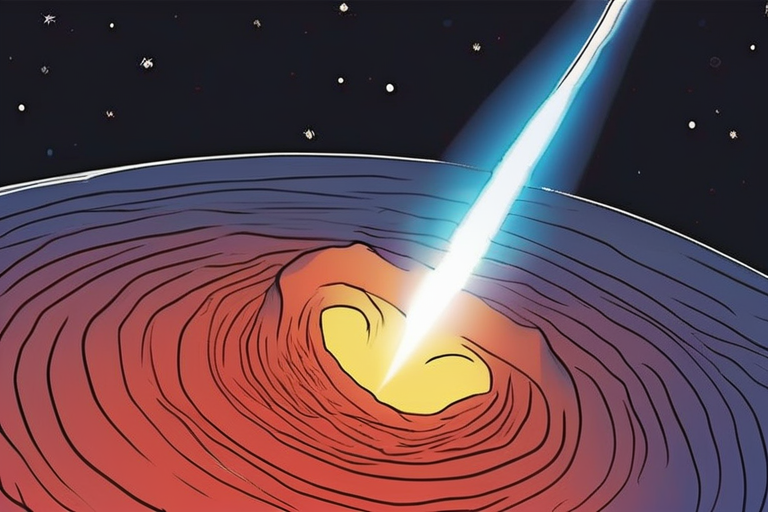
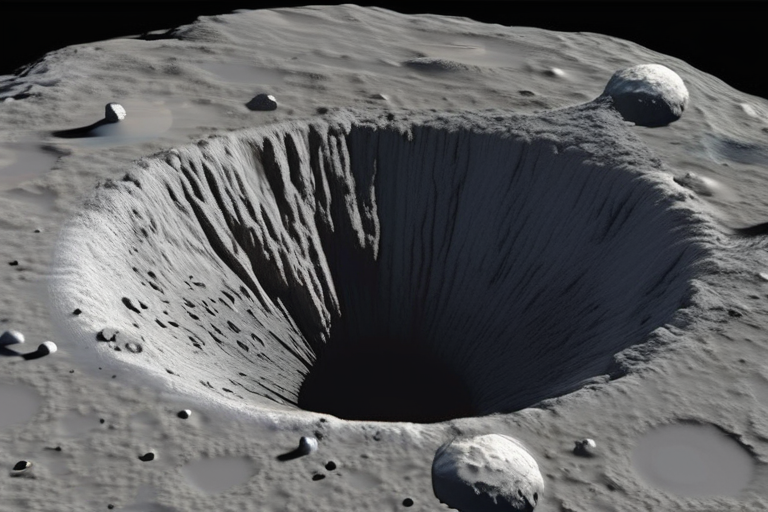



Share & Engage Share
Share this article